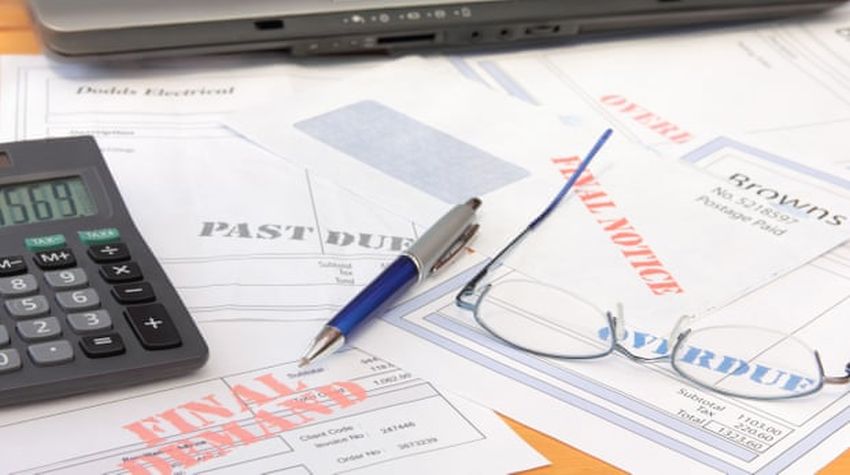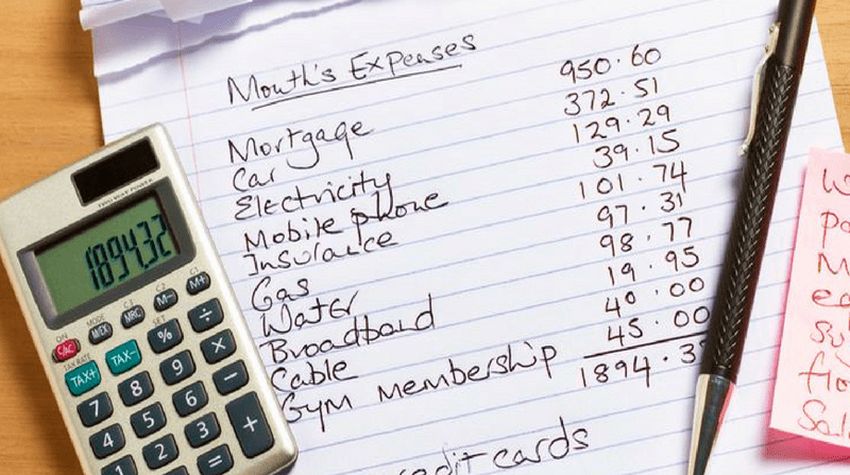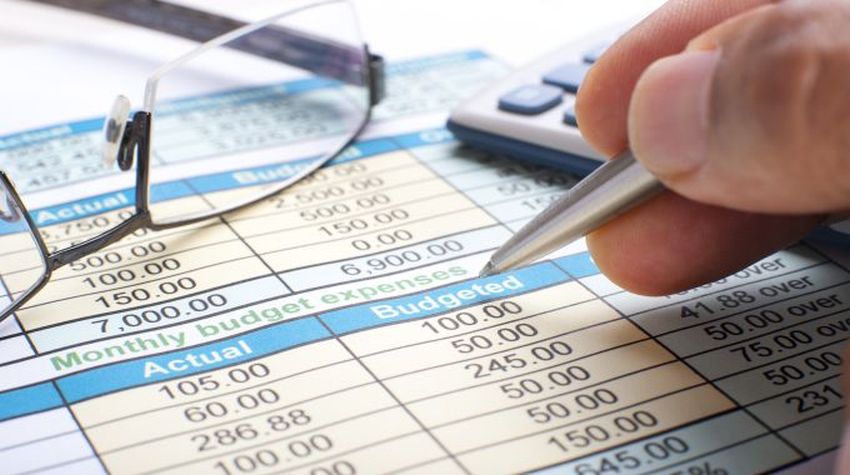These days, many Canadians are finding it hard to keep up financially, a result of the COVID-19 pandemic which caused many to lose income or their jobs altogether. Prices on many things have gone up and some are now being forced to go into arrears on their mortgage.
If you signed your mortgage years ago, you would have had no way to predict such an unprecedented global event and now you have to adapt. The biggest fear for many borrowers is to go into arrears and lose their homes. There’s good news, however. Banks are well aware that people’s financial situations can change unexpectedly, especially in times like these. Because of that, there are various options open to you if you feel the need for extra support. In this article, we will cover the current state of mortgage arrears in Canada and options for those in financial trouble.
After an explosion of mortgage arrears, Canada is slowly starting to recover.
If you have gone into arrears on your mortgage, just know that you’re not alone. In October of 2020, the rate of mortgages in arrears in Canada peaked at 1.59%. This is the highest rate of arrears in Canadian history, after a previous peak in the 1980’s. In an effort to help borrowers during the pandemic, banks and lenders offered many deferrals on their mortgage payments. In addition, the rate of mortgages being extended went up greatly.
We will go into deferrals and extensions in more detail below, but one thing important to know is that in the large part they are working. Canada Mortgage Housing Corporation data now shows that of the mortgages that went into deferrals during 2020, the vast majority of deferrals ended and were able to continue payments once again. Additionally, the rate of extensions on insured and uninsured mortgages is in decline.
The figures for mortgages in arrears are now on their way back down from the peak. Generally, the rate of arrears can be an indicator of economic health. This means a lower rate of arrears indicates that more Canadians are in a healthy financial position, and our economy is recovering from recession.
How excess mortgage lending puts Canadians at risk.
For many years now, the ratio between the value of Canadian mortgage loans and the income of borrowers has been high. That means that today, a large amount of a household’s disposable income goes towards their home. This wasn’t helped by the recent boom in housing prices.
Unfortunately, this puts some financial risk upon the borrower. A slim margin between income and the value of mortgages leaves little wiggle room when financial pressures crop up. This means it is easier than ever for Canadians to find themselves unable to keep up with payments.
This is one reason why the government instituted the mortgage stress test, to ensure that lenders would be protected from borrowers falling into arrears. This is also why mortgages with a down payment of less than 20% are required to be insured.
What to do if you are in financial trouble.
The most important first thing you can do before going into arrears is to attempt to reduce your costs and contact your lender. Be upfront and honest about your current situation and ask about what arrangement you can come to based on what you are able to pay.
Lenders will be more likely to help you come to an arrangement if you contact them before going into arrears. Therefore, do your best to contact them before you miss any payments if at all possible. If you can not reach a solution with your lenders, your next step should be to consult a lawyer or credit counsellor. They can help you explore alternative solutions that may be available.
Common Options to Avoid Mortgage Arrears
Payment Deferrals: A mortgage deferral is a special agreement that mortgage owners can make with their bank when they find themselves unable to pay their regular mortgage payments. The deferral lasts for an agreed period, during which time you do not have to make any payments.
Once the period is up, you will once again begin paying your mortgage payments and will be responsible to pay off any missed payments and interest. Likely either your regular payment or amortization period will have to be adjusted as a result of the deferral.
If you expect financial hardships to be a temporary situation for you, a deferral can help you out in a pinch. If you are likely to continue experiencing hardships after your deferral expires, it might not be the best option for you.
Some of the factors that financial institutions consider when deciding if you are eligible for a mortgage deferral include:
- Are you or your family unemployed due to the pandemic, or have you suffered a significant loss of income as a result of the pandemic?
- Is your mortgage insured or uninsured?
- Is your mortgage in otherwise good standing?
- Is the property your principal residence or not?
Payment deferrals can affect your mortgage in a big way. The effects of a deferral can impact your payments, your interest, and your mortgage principal. If you defer your payments, you are effectively keeping the same principal value on your mortgage while it accrues interest. At the end of the deferral, you will still need to pay the same amount plus any additional interest. The bank will collect your deferred interest after the fact by adding it to your mortgage principal, which is then used to calculate your future interest payments. In effect, this means after your deferral you may actually pay interest on interest.
Extending the Amortization Period of Your Mortgage: By extending the amortization period of your mortgage, you are essentially agreeing to pay it out over a longer period of time in return for a lower regular payment. Depending on your situation, you may be able to extend out to a limit of 25, 30, or 40 years. The exact length available will differ between insured mortgages and uninsured mortgages. Remember that the longer your period, the longer you pay interest. This option may allow you to save on payments but can add up to thousands of dollars in interest.
Switching to a Blended or Extended Mortgage: A blended mortgage means that your financial institution will allow you to benefit from current, possibly lower interest rates. Now, they won’t give you a lower interest rate outright. Rather, they will blend your current rate with the lower one, thus the name. Unfortunately, this option will only be available if a better rate exists to blend with. In addition, you can often extend your mortgage term to take advantage of the lower rate for longer.
Locking in a Fixed Rate: If you have a variable rate mortgage, you may be able to opt to convert it to a fixed rate. Technically you can do this any time as a security measure to protect yourself from fluctuating variable interest rates, but it will only save you money if you lock into a lower fixed rate than your current variable rate. If you decide to take this option, make sure you act promptly, as rates can change often.
Skip a Payment or Make Interest-Only Payments: Your bank may offer other payment options that stop short of a complete deferral. One such option is to skip only one or two payments. This is essentially like a mini-deferral. Another option is to agree to lower your payments temporarily, without stopping them altogether. A third option allows you to pay only interest for a period while deferring the principal payments to be paid later.
Home Equity Line of Credit (HELOC): A HELOC allows you to borrow and pay back credit against your home’s equity. HELOC’s have a variable interest rate and the credit limit can change at any time as well, so they are not the best option for paying mortgage payments.
Other options beyond working with your lender include getting a loan or assistance from family, renting out a portion of your home for extra income, selling off valuable assets to raise funds, or taking on a second job. It can be a stressful and scary situation to be in arrears on your mortgage payments. The biggest takeaway is to remember that many people have been there before you. That’s why lenders have many measures in place to help you recover in hard times. If you find yourself in this position, consult your bank as soon as possible on the best options for you.


